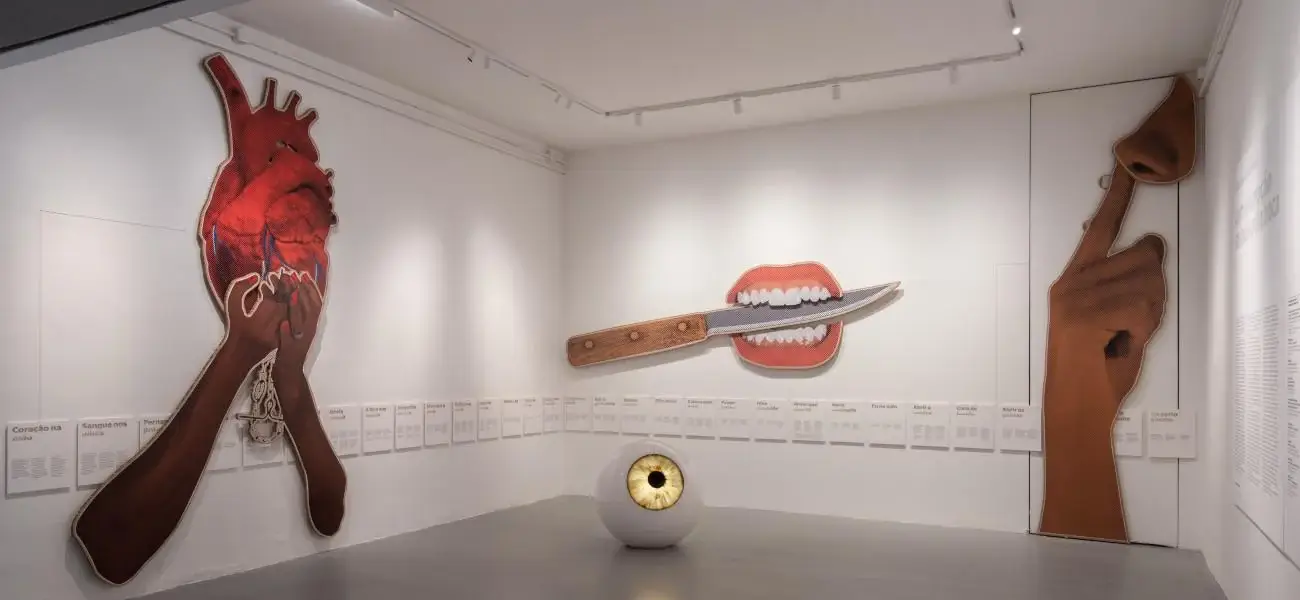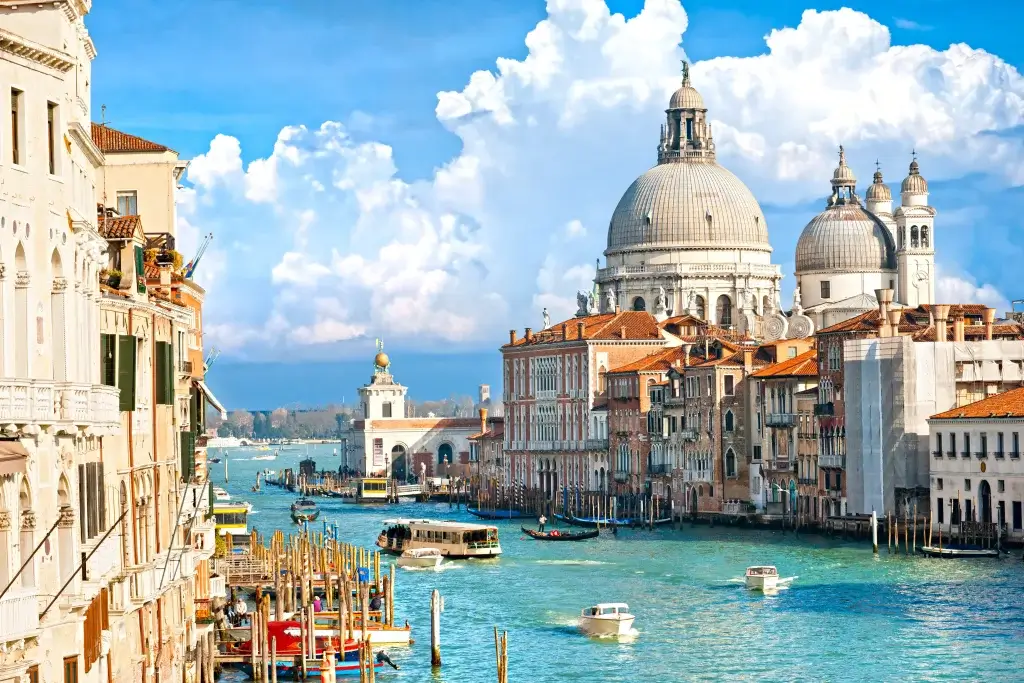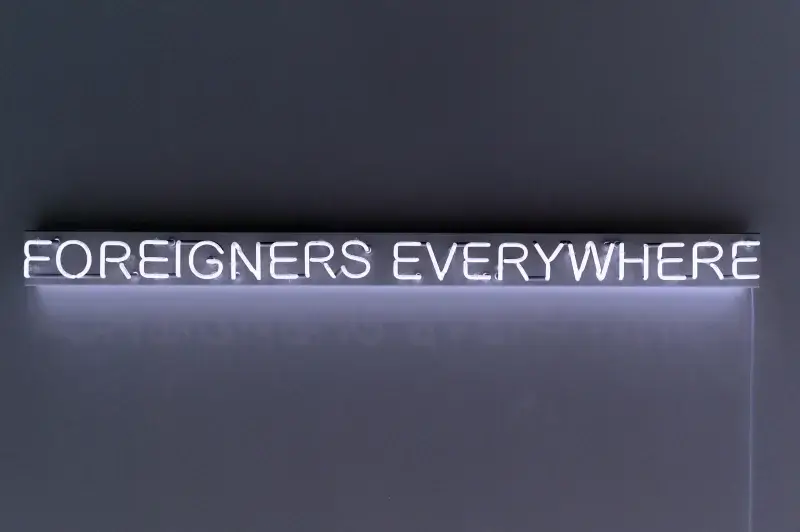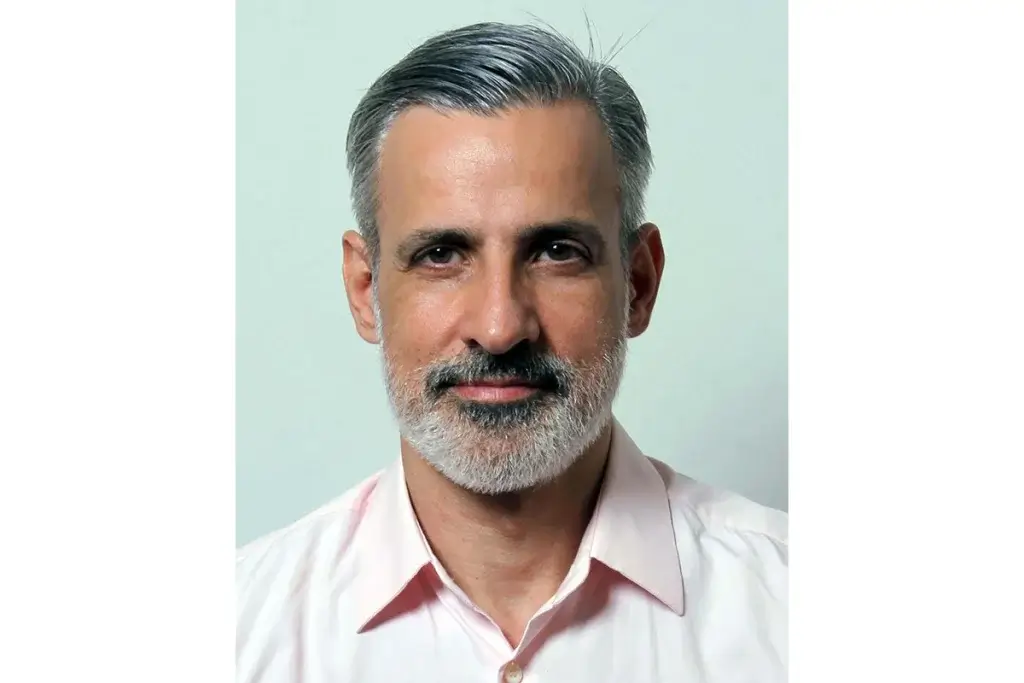Adriano Pedrosa 60th Venice Biennale curator: Foreigners Everywhere

The enigmatic Mr. Pedrosa
Amsterdam, April 21, 2024– The 60th Venice Art Biennale will take place until November 20 and, as usual, the organization has announced the curator more than a year and a half before the start and the theme of the upcoming biennale a year before the start.And also according to tradition, this edition also emphasizes the uniqueness of the curator and the theme. But, and this is certainly not unimportant for this edition, the biennial has made a change of course that results in the uniqueness of the curator and the theme.
Why a curator?First of all, a bit of context in the interest of the curator and a thematic exhibition. In 1968, there was frustration among artists and subsequent protests against the programming of the 34th Venice Art Biennale.Over the previous decades, this exhibition had become the benchmark for contemporary art. If you are presented here, then you or the movement within which you work counts in art.

Only in 1968 did the Italian art movement Arte Povera storm the art market and the artists within this group formed the sensation of 1968. Only, due to the preparatory work of the biennale, they were not represented at the art exhibition in Venice. How can you say, was the frustration of the artists, that you are presenting the artists of the moment, if these makers are not represented? As a result, several artists withdrew work from the Biennale and the various prizes were refused by the artists.A consequence of this protest was that the prizes were abandoned at the 1970 edition (and were only resumed in 1986), from 1972 the biennale was organized thematically and in 1973 the entire organization was democratized. It was precisely the introduction of the thematic concept that caused curators to play an increasingly important role. In 1972, the 5th Documenta was organized under the leadership of Harald Szeemann, who applied a more storyteller-artist principle. This way of creating an exhibition gave the curator more control and the art took on a more in-depth role in a thematic issue. The process that was set in motion ensured that curators played an increasingly important role in the construction of an art exhibition. And that the exhibition is not so much an indicator of contemporary art as a reflection on contemporary issues.

With that thought in mind, the current curator of the upcoming Venetian Art Biennale takes on more significance. Previously, the curators were mainly white men, later women and a few black people (Okwui Enwezor), with the appointment of Cecilia Alemani (Italian woman) in 2022 and for the architecture biennale first the Lebanese architect Hashim Sarkis (2019) and in 2023 the Scottish -Ghanaian architect Lesley Lokko has changed and the organization is looking at the curator and the meaning of the exhibition. If you want to answer contemporary issues, it is also important to look at who raises and answers these issues. Are those involved represented and is it perhaps the task of the Biennale to offer an inclusive view of these issues? For the current management, the answer was a resounding yes.
Adriano Pedrosa
For this biennial, that means a curator who works outside the Western art market, but is no stranger to this market.
The Brazilian Adriano Pedrosa (58), artistic director at the Museu de Arte de São Paulo Assis Chateaubriand – MASP is the curator for the 60th Venice Art Biennale.

With his experience in the South American art world and exhibitions on various topics of sensitive themes such as Brazilian history (2022), women’s history (2019), history of sexuality (2017) and Afro Atlantic history (2018), he knows how to strike the right balance. between the question, the dominant perspective and the subordinated stories. Moreover, he has worked as co-curator of 27th São Paulo Biennale (2006), curator of InSite_05 (San Diego Museum of Art, Centro Cultural Tijuana, 2005), artistic director of the 2nd Triennale de San Juan (2009), curator of 31st Panorama da Arte Brasileira-Mamõyaguara opá mamõ pupé (Museu de Arte Moderna, São Paulo, 2009), co-curator of the 12th Istanbul Biennial and curator of the São Paulo Pavilion at the 9th Shanghai Biennale (2012). An extensive experience with major international exhibitions.

The theme
For this 60th biennial, his chosen theme is Stranieri Ovunque – Foreigners Everywhere or in Dutch, Foreigners Everywhere. Pedrosa lives in a world where everyone is an outsider. Them, you and us, everyone One sometimes has a moment when one feels like one does not belong.
The title is taken from a 2004 artwork by the Claire Fontaine collective that formed Foreigners Everywhere with neon light in different languages and from the Turin collective Stranieri Ovunque that fought against xenophobia and racism in Italy at the beginning of the 21st century.
download.jpg
For this biennial, the curator chooses artists who are always the outsiders, refugees, expats, minorities, people in diaspora or exiled. And this also includes artists who live within their own culture, but are less visible in the art world, such as queer artists, self-taught artists, outsiders and indigenous artists who belong to the cultures before the colonization of their area.
With this exhibition, Pedrosa tries to answer the questions: Who is the stranger now? And is the stranger really so strange?
And what else?
The Venetian Biennale is big every year. In addition to an exhibition organized by the head curator, there are more than 60 countries that each organize their own exhibition. About 30 countries have their own pavilion in the Venetian Giardini, the permanent exhibition venue that has been in use since the beginning of the Biennale in 1895. About 30 other countries rent a space at the Arsenale, the former marine port on the north side of the city, which has been used as an exhibition site for the biennale since 1980. And then there are countries and NGOs that rent a palace, church or exhibition space in the historic center of Venice.
All these organizations try to tie in with the theme of the Biennale with their exhibition, while each organizer has its own curator. This gives you a diverse exhibition throughout Venice, which broadly focuses on a common subject and also has its own unique interpretation.
And in addition to the biennale, the many museums in Venice organize unique exhibitions that are all a reason in themselves to visit Venice.
With that in mind, you can say that the Venetian Biennale itself is also full of strangers who all want to tell and show their stories. That makes this one of the largest art exhibitions in the world, which is completely different with each edition, at the same locations in Venice.









